#earthquake
AP, Kyodo, Nikkei, All Wrong: Toyota Not Halting U.S. Ops
Looking at the supply chain and transit times, it was easy to predict that the big American knock-on effect of the Japanese earthquake and tsunami would start to happen around – right now. To nobody’s surprise, The Nikkei [sub] writes this Tuesday morning in Tokyo that Toyota “is highly likely to halt all manufacturing operations at its factories in North America later this month due to parts supply disruptions.” It goes on to say that “the scale and the duration of the expected shutdown have yet to be decided, but all of Toyota’s 14 factories in North America could be affected.”
I could write that and finally go to bed, but my mother had told me to believe nobody. Not even a respected newswire that gave its name to the main Japanese stock index? Not even that. An early call to Toyota HQ reaches spokesman Dion Corbett, who has a completely different story.
Lack Of Stable Power Brings Japan's Industry To Its Knees
The Japanese tsunami impacts everything, from cars to toilet paper. Most Japanese car makers were closed since after the catastrophe and will remain closed at least until mid April. Many paper mills are in the affected area, and all paper, from glossy stock to the softer kind, is in short supply. Publishers of Japanese illustrated pulp fiction have canceled the printed version and direct their readers to the Internet instead. Tokyo corporations battle a wave of toilet rolls vanishing from their restrooms, from where they find a way to the toire at home. While these may be temporary outages, the lack of stable electrical power emerges more and more as the biggest impediment to the recovery of the Japanese industry. It will affect you and your car, in one way or the other.
Not All U.S. Factory Closures Are Made In Japan
All told, it takes about 3 weeks for a shipborne container from Japan to reach its destination at the West Coast. To the East Coast, it’s about 5 weeks. With the Japanese earthquake and tsunami three weeks old, we should see the first real stateside disruptions by now. And we do. But not all originate in Japan.
Japanese Car Production To Start Mid April. Very Carefully
In the usual show of unity, all three Japanese majors will have at least some production up by mid April. Honda told The Nikkei [sub] today that it will resume auto assembly at its two domestic production plants in Saitama Prefecture, near Tokyo, and Mie Prefecture, western Japan, from April 11.
Parts Paralysis Daily Digest, March 30
Our (not quite) daily run-down of delays, shut-downs, shortages, and postponements, triggered by the March 11 tsunami in Japan.
- Toyota will have lost production of 200,000 vehicles by Friday. The Nikkei [sub]
- Toyota says that 300 dealerships out of a total of 810 in North Japan have been damaged by the earthquake. The Nikkei [sub]
- Nissan figures its Chinese output will be about 10 lower than planned in April as supply chain disruptions hinder operations. The Dongfeng Nissan joint venture will idle plants on weekends until mid-April, but will continue doing overtime on weekdays. Dongfeng Nissan has trouble getting parts from Hitachi. The Nikkei [sub]
The Big Japanese Power Sharing Story: Pure Fantasy
Remember the story about the rotating power rationing in Japan? One for all, all for one? It appears that it is pure fantasy. On Saturday, The Nikkei [sub] wrote that Japanese automakers are considering running their factories in rotation to help cut the industry’s electricity consumption. The wire service said that “automakers are expected to hold a consultative meeting shortly at the office of the Japan Automobile Manufacturers Association to agree a rotational schedule.” The story had originated on the usually reliable and sometimes uncomfortably persistent Kyodo wire. On Monday, the story grew legs. Automotive News [sub] reported that the electronic industries don’t want to be left behind and demand rotating production holidays between the automotive and electronics industries. It now emerges that it was all wishful thinking.
The Tsunami, In Akio Toyoda's Own Words
Last weekend, Akio Toyoda donned heavy work clothes and a hard hat to do some genchi genbutsu (Toyota-speak for “go and see for yourself”) and toured the areas hit by earthquake and tsunami. Instead of us writing about it, we let Toyoda go and write himself.
Akio Toyoda, an admitted auto otaku, has an alter ego at the Gazoo Racing blog where he writes under the nom de plume “Morizou”. That nick is borrowed from a cactus-like character that was the mascot of the 2005 Aichi Expo, but that’s for another story and another time. In yesterday’s blog, Toyoda/Morizou wrote about the tour. Translating from Japanese to English is pretty hard, especially when condolences are involved. Frau Schmitto-san and I besto wo tsukushita – we did our best, as they say in Japanese.
Japanese Parts Paralysis: Tsunami Reaches U.S. Workshops
The first waves of the Japanese tsunami are reaching consumers at American shores. Oddly, some of the cars first affected may be the ones customers already have, not the ones they cannot buy. Toyota notified its dealers across the United States to prepare for a shortage of replacement parts, due to disruptions caused by the monster earthquake and tsunami in Japan, The Nikkei [sub] writes today.
Out of 300,000 “numbers”, as they call parts items in the vernacular, 233 are in short supply and have been “placed on controlled allocation,” as a Toyota U.S.A. statement says. Dealers are being asked to “refrain from placing any orders in excess of what is critically needed to support customer emergency need and true customer demand.”
Japan Likely To Have Lost Half Of Its Car Production In March, April To Be Worse
Japanese car production was down 5.5 percent in February on weak domestic sales (down 12.4 percent in February to 401,292 vehicles) which were (not quite) compensated by a 13.2 percent rise in exports, the Japan Automobile Manufacturers Association says. Exports were especially strong to Europe, where 73.7 percent more cars were shipped. A total of 795,632 automobiles (all kinds) were made in Japan in February. This was the good news.
Japanese Parts Paralysis: 35 Miles From The Fukushima Reactor, Nissan Wants To Save Its Plant
In the face of hysteria about radiation that drowns out the true death and destruction in Japan, Renault and Nissan CEO Carlos Ghosn toured the earthquake-damaged Nissan engine plant in Iwaki. Iwaki is some 35 miles from the stricken Fukushima power plant. Right away, Carlos Ghosn had to deny rumors that Nissan would abandon their engine plant. Instead, Ghosn “vowed to use every possible means to rebuild it,” says The Nikkei [sub].
It will be slow going.
Japanese Parts Paralysis: Toyota Drowns In A Sea Of Red Pins
After the March 11 quake, when the office buildings stopped shaking, Toyota told its 500 staffers in Purchasing to contact suppliers. Each damaged supplier received a red pin on a large map of northeastern Japan. Soon, the map was swamped by a tsunami of red pins. Some suppliers “suffered the complete destruction of their factories,” writes The Nikkei [sub], “and were unable to determine how many of their employees were still alive.”
With more than 10,000 dead, more than 16,000 missing, and whole towns razed in the Tohoku area, many shops are now believed to be at the bottom of the furious sea.
“The word ‘ordeal’ does not even convey the gravity of the situation,” Toyota President Akio Toyoda says.
Earthquake Affects Honda's Financial Reports
Honda is thinking about delaying its earnings announcement while the company has all hands full dealing with the fall-out of earthquake, tsunami and radiating power plants. A Honda spokesman told Reuters: “We’re considering it, but nothing has been decided.”
Japanese Parts Paralysis Now Affecting China
“Production at a Nissan Motor plant in China dwindled dramatically two weeks after Japan’s earthquake and tsunami disrupted the supply of key auto parts,” reports China’s People’s Daily, citing “sources with the company.”
In a land where alleged spokespeople of a company get a heart attack and hang up when a reporter calls, those sources turned out to be workers at the Dongfeng Nissan joint venture in central China’s Hubei Province. “We used to assemble 304 cars a day, but today our plan is set at 82,” said a worker.
Parts Paralysis: A Shuttered Chip Plant Could Cost Up To 11 Million Cars Worldwide
A shortage of engine-related micro control units (MCUs) resulting from damage to Japan’s Renesas Electronics plant in Naka will curtail global auto production, says the market intelligence service ICSIS, citing a report by Germany’s Deutsche Bank. Renesas Electronics is the world’s biggest maker of automotive microcontrollers. It more and more emerges as a “key bottleneck in Japan’s parts shortage,” says Automotive News [sub]. One of its two auto-related factories damaged by this month’s earthquake won’t be operational until July.
Renesas supplies 18-20 percent of the world’s automotive MCU market. About 70 percent of the production is sold to Japanese automakers, the remaining 30 percent goes to US and European car companies. “The supply of these MCUs is not easily replaceable,” says ICSIS, “as boosting production at other sites could take as long as six to nine months.”
Parts Paralysis: Toyota's Sendai Plant Out Of Gas
By now, Toyota had wanted to have finished to move all of the production from Sagamihara near Tokyo to the new plant in Ohira in Miyagi Prefecture. Ohira already built the Yaris for export, the production of the Corolla for the domestic market was scheduled to follow, along with 400 employees who wanted to exchange the New Jersey-ish surroundings of Kanagawa for the mountainous beauty (and lower living expenses) of Ohira. Then, the tsunami intervened. Toyota has put a halt on the move.




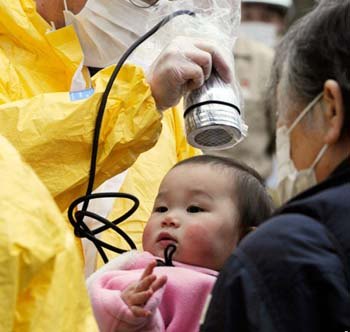
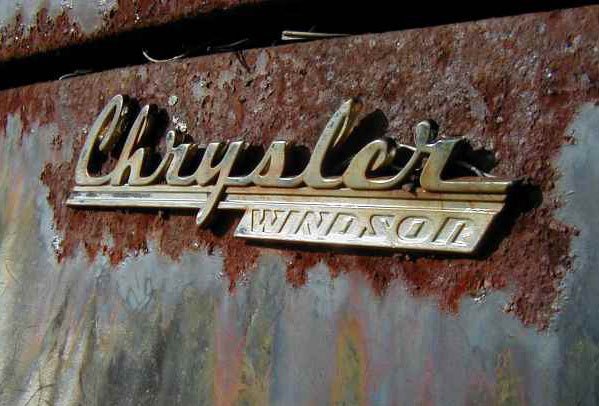

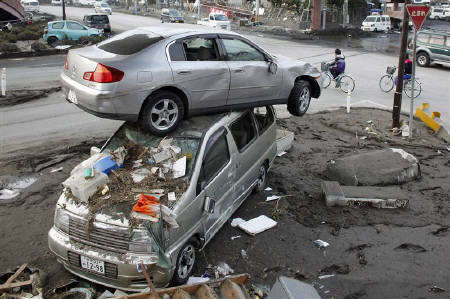

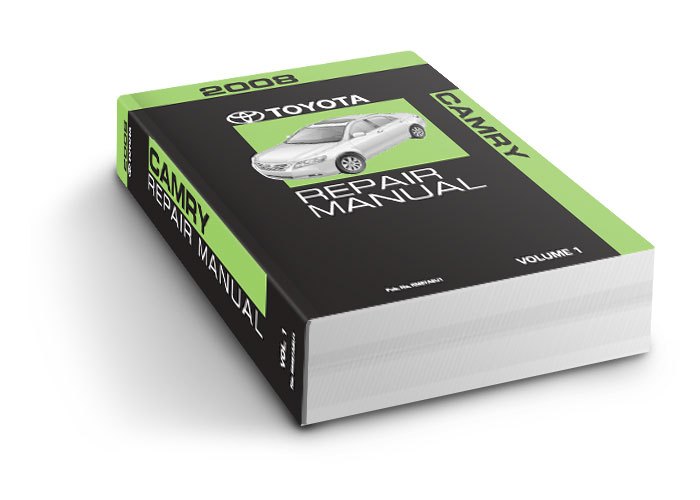


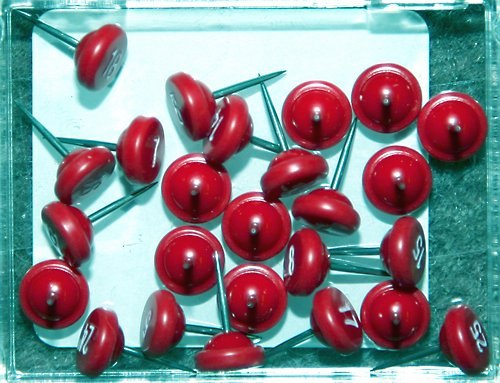
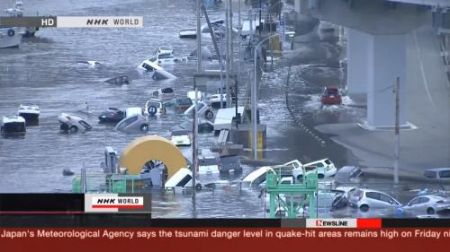

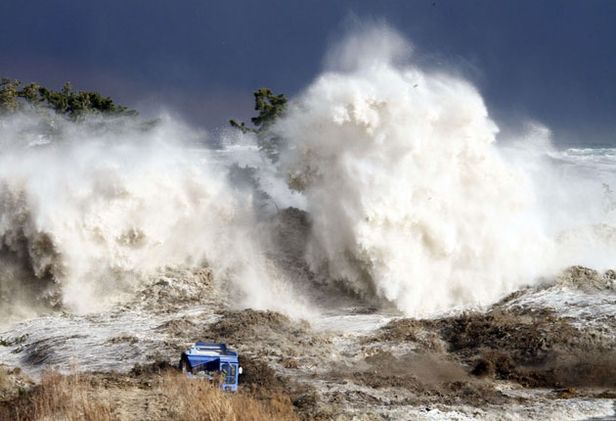
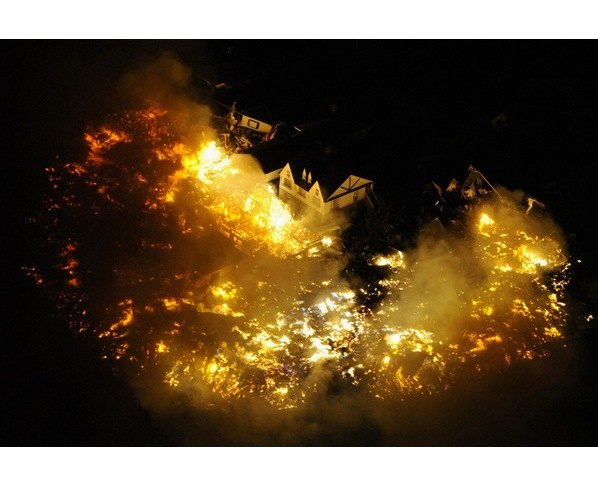












Recent Comments